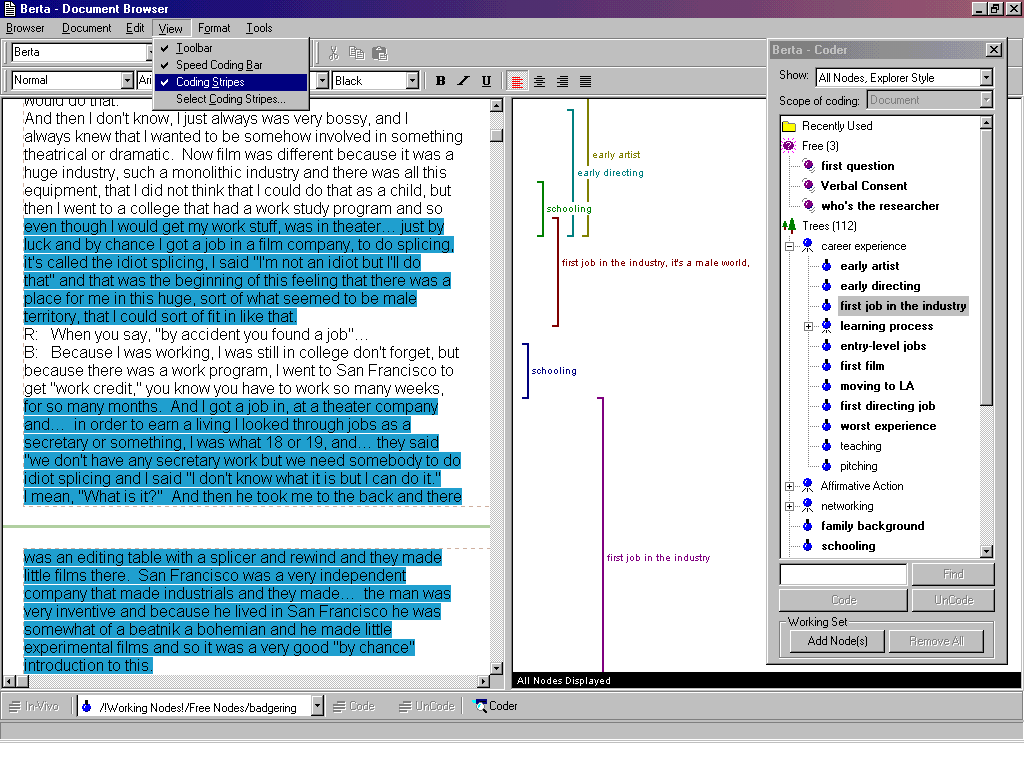


These easily accessible data indicate the popularity of this approach. A key article alone, Using Thematic Analysis in Psychology authored by Braun and Clarke (2006), was cited more than 126.000 times by May 2022. A quick search on Google Scholar with the key term “Thematic analysis” (in-between quotation marks) brings more than 370.000 results. (2019) suggest that it has a shared history with Content Analysis and has started to appear in health and social sciences studies as a qualitative data analysis approach by the 1980s. Thematic Analysis has become one of the most commonly used analytical approaches for social sciences over the last few years. Thematic Analysis Phase 6: Produce the report.Thematic Analysis Phase 5: Define and name themes.Thematic Analysis Phase 4: Review potential themes.Thematic Analysis Phase 3: Search for themes.Thematic Analysis Phase 2: Generate initial codes.

Thematic Analysis Phase 1: Familiarize yourself with the data.In this blog post I will guide you through the steps of a Thematic Analysis and how you can use MAXQDA for it. It is a systematic approach to identifying, organizing, and offering insights into patterns of meanings, in other words, themes across qualitative data (Braun & Clarke, 2012). How come it is manageable for researchers to analyze such a large amount of data and create two or three bullet points that answer research questions? Thematic Analysis is one way to make this happen. Qualitative data analysis may look very intimidating for novice researchers at the first glance a notebook full of field notes, hours of conversations with many different people, and hundreds of images or documents to go through. Confronted with an overwhelming amount of data? Thematic Analysis provides a remedy.


 0 kommentar(er)
0 kommentar(er)
